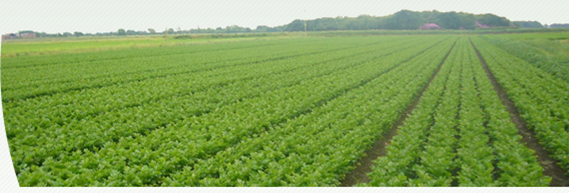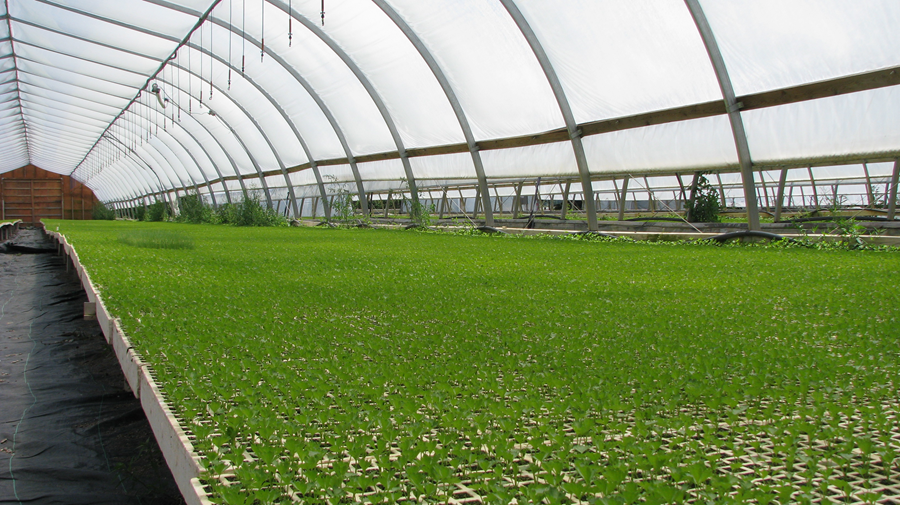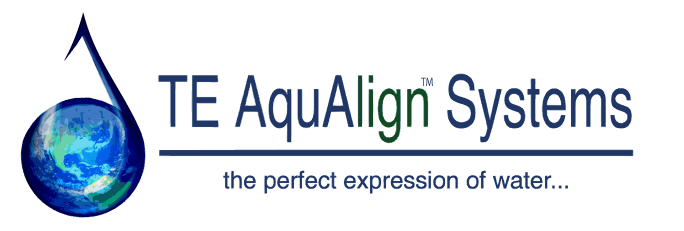Horling Farms - Celery Germination Demonstration
 The germination of celery seed is a significant challenge, even for commercial growers.
While some benefit can be obtained by investing in very expensive seed designed to
enhance the germination rate, according to the owner of Horling Farms, this option is
The germination of celery seed is a significant challenge, even for commercial growers.
While some benefit can be obtained by investing in very expensive seed designed to
enhance the germination rate, according to the owner of Horling Farms, this option is
rarely exercised due to the annual cost-benefit analysis (inclusive of additional seed
cost and all other factors).
This demonstration was conducted to show the impact of incorporating TE AquAlign™
Systems into the standard seeding process of a commercial celery growing operation;
as measured by germination rate.
Criteria: The TE AquAlign™ System would be integrated into the water delivery
incorporated into the automated celery seeding system for a 45 minute run which
resulted in 1 skid (180 flats; each flat containing 338 cells) of seeded flats. The control
lot (180 flats)) was seeded with untreated water on the following day to eliminate any
possibility of residual treated water in the system. The subject seed was supplied by
Pybas Vegetable Seed Company, Type UC1. In addition, a TE AquAlign™ unit was
installed in the spray irrigation supply line for the greenhouse quadrant which the TE
flats occupied. The control flats (different greenhouse) received normal irrigation water.
Monitoring Protocol: Germination would be tracked by a regular physical
count of germinated seedlings in randomly chosen flats (Control & TE) which were
subsequently marked for tracking. On the advice of the grower regarding the variability
of the automated  seeder, it was decided at the onset that the worst 2 of the TE and
Control flats respectively would be eliminated from the results. These protocols would
be followed until the flats were moved from the greenhouse to the field. Control and TE
flats were contained in separate greenhouses, and ambient air temperature readings
were taken at the time of each count. Notably, the temperature in the TE greenhouse
averaged 6°F above that of the control greenhouse (whose temperature averaged at the
maximum of optimum celery growing range); this is of particular relevance given high
temperatures and low humidity have a direct negative impact on celery germination and
subsequent growth.
seeder, it was decided at the onset that the worst 2 of the TE and
Control flats respectively would be eliminated from the results. These protocols would
be followed until the flats were moved from the greenhouse to the field. Control and TE
flats were contained in separate greenhouses, and ambient air temperature readings
were taken at the time of each count. Notably, the temperature in the TE greenhouse
averaged 6°F above that of the control greenhouse (whose temperature averaged at the
maximum of optimum celery growing range); this is of particular relevance given high
temperatures and low humidity have a direct negative impact on celery germination and
subsequent growth.
Results: The overall germination monitoring yielded an improved germination of TE
flats versus Control flats of 11%. However, if we examine the results of the two flats
(TE & Control) located in greenhouse areas which most closely averaged optimum
temperature growing conditions (the two ‘best’ flats), the TE treated flat showed a 40%
better germination rate than the control flat! Thus, despite environmental challenges,
TE treated seed far out performed standard seed insofar as germination rates (seeds
planted to seeds germinated) are concerned. Therefore, it is the considered opinion
based on the results of the demonstration that the expectation of the grower can be
founded on a germination rate improvement of at least 11%, with the distinct
probability that more ’normal’ conditions would result in even greater improvement.
NOTE: As the growers using our systems will attest, the benefits they received resulted in impressive and measureable improvements, but they are also the first people to tell us that Mother Nature is a fickle mistress. So, while many of the results in our field demonstrations are very significant, we do not mean to suggest that those results will be duplicated in every instance. It is our expectation that you will see a 10+% improvement in your results provided those ‘variables beyond our control’ don’t intervene… But, ‘aligned’ water versus ‘raw’ water? Over 20 years of research and applied field trials says you’ll see the difference!
For more information concerning this demonstration, and others like it, Contact Us, and
we’d be pleased to assist you!

 The germination of celery seed is a significant challenge, even for commercial growers.
While some benefit can be obtained by investing in very expensive seed designed to
enhance the germination rate, according to the owner of Horling Farms, this option is
The germination of celery seed is a significant challenge, even for commercial growers.
While some benefit can be obtained by investing in very expensive seed designed to
enhance the germination rate, according to the owner of Horling Farms, this option is seeder, it was decided at the onset that the worst 2 of the TE and
Control flats respectively would be eliminated from the results. These protocols would
be followed until the flats were moved from the greenhouse to the field. Control and TE
flats were contained in separate greenhouses, and ambient air temperature readings
were taken at the time of each count. Notably, the temperature in the TE greenhouse
averaged 6°F above that of the control greenhouse (whose temperature averaged at the
maximum of optimum celery growing range); this is of particular relevance given high
temperatures and low humidity have a direct negative impact on celery germination and
subsequent growth.
seeder, it was decided at the onset that the worst 2 of the TE and
Control flats respectively would be eliminated from the results. These protocols would
be followed until the flats were moved from the greenhouse to the field. Control and TE
flats were contained in separate greenhouses, and ambient air temperature readings
were taken at the time of each count. Notably, the temperature in the TE greenhouse
averaged 6°F above that of the control greenhouse (whose temperature averaged at the
maximum of optimum celery growing range); this is of particular relevance given high
temperatures and low humidity have a direct negative impact on celery germination and
subsequent growth.
